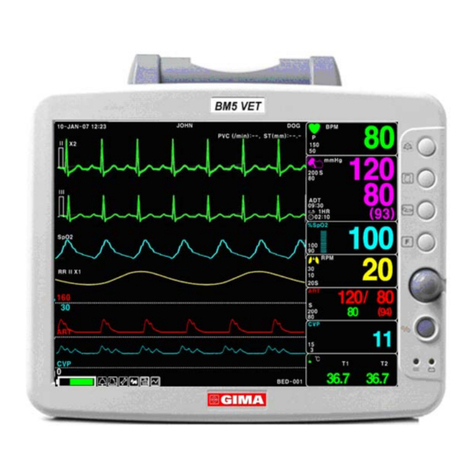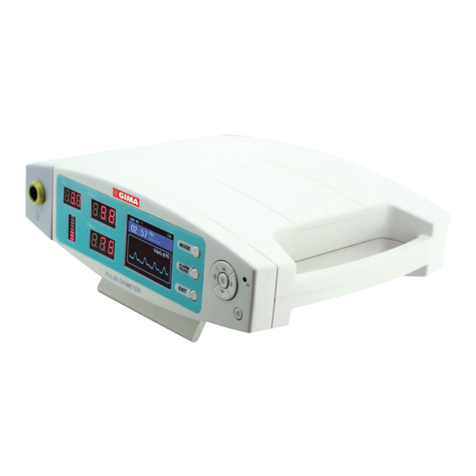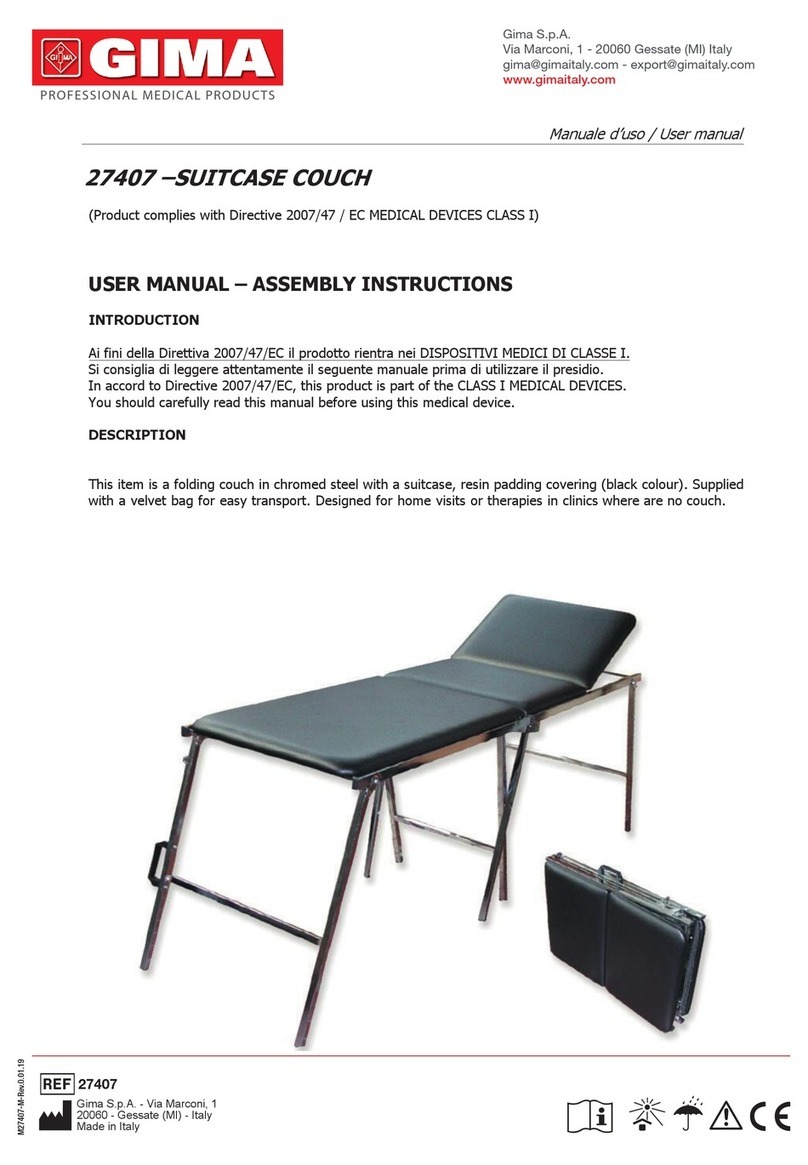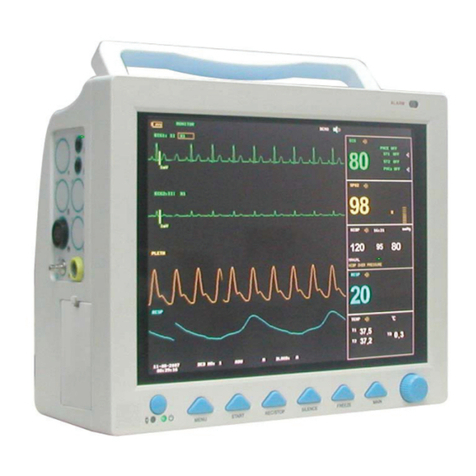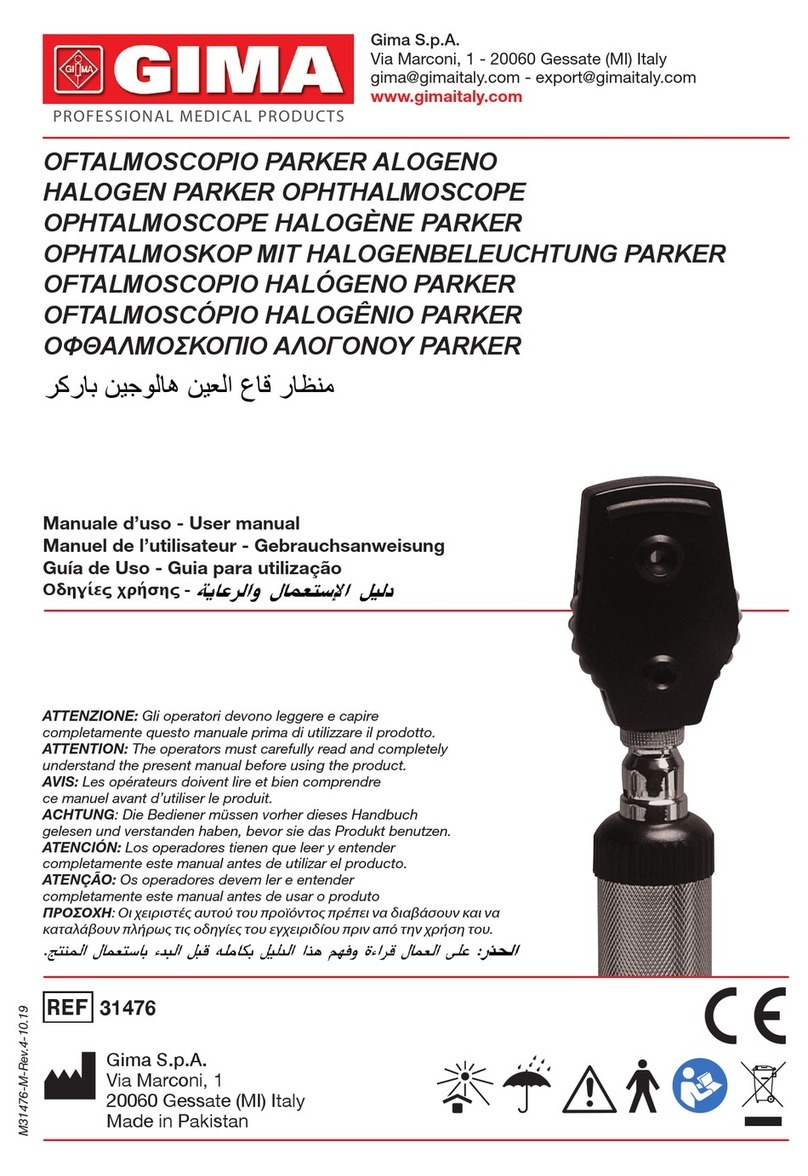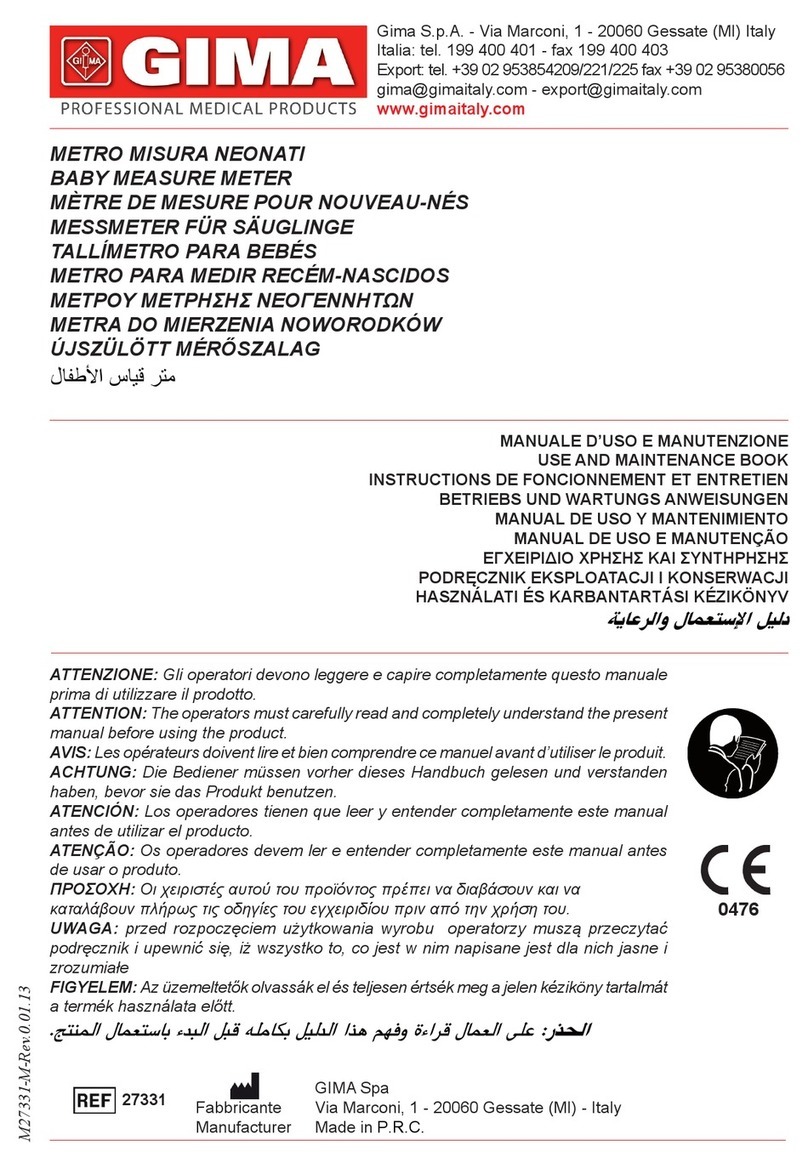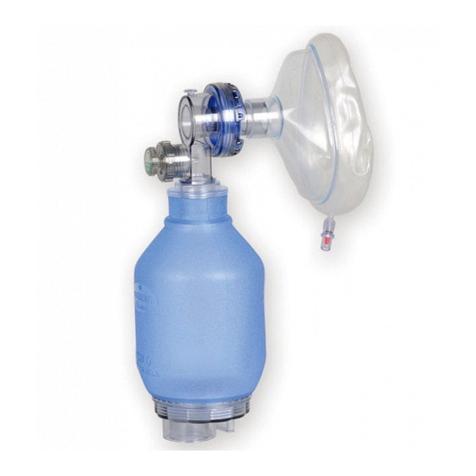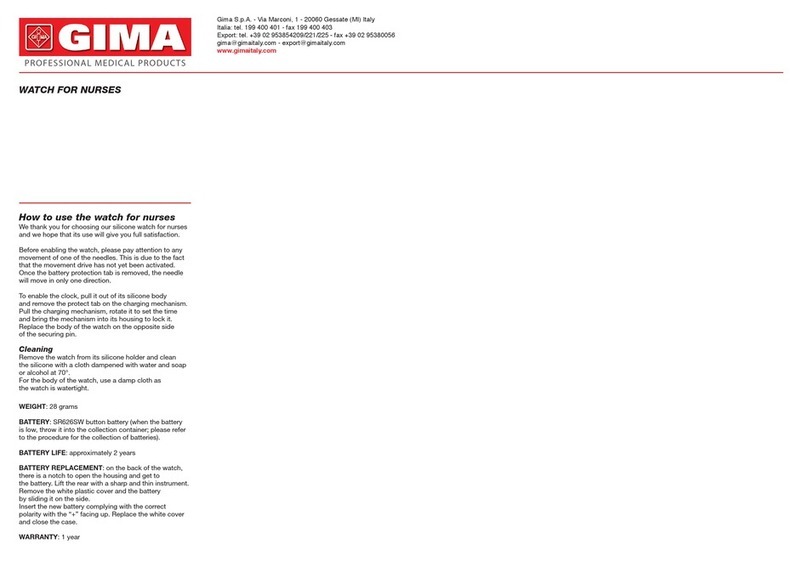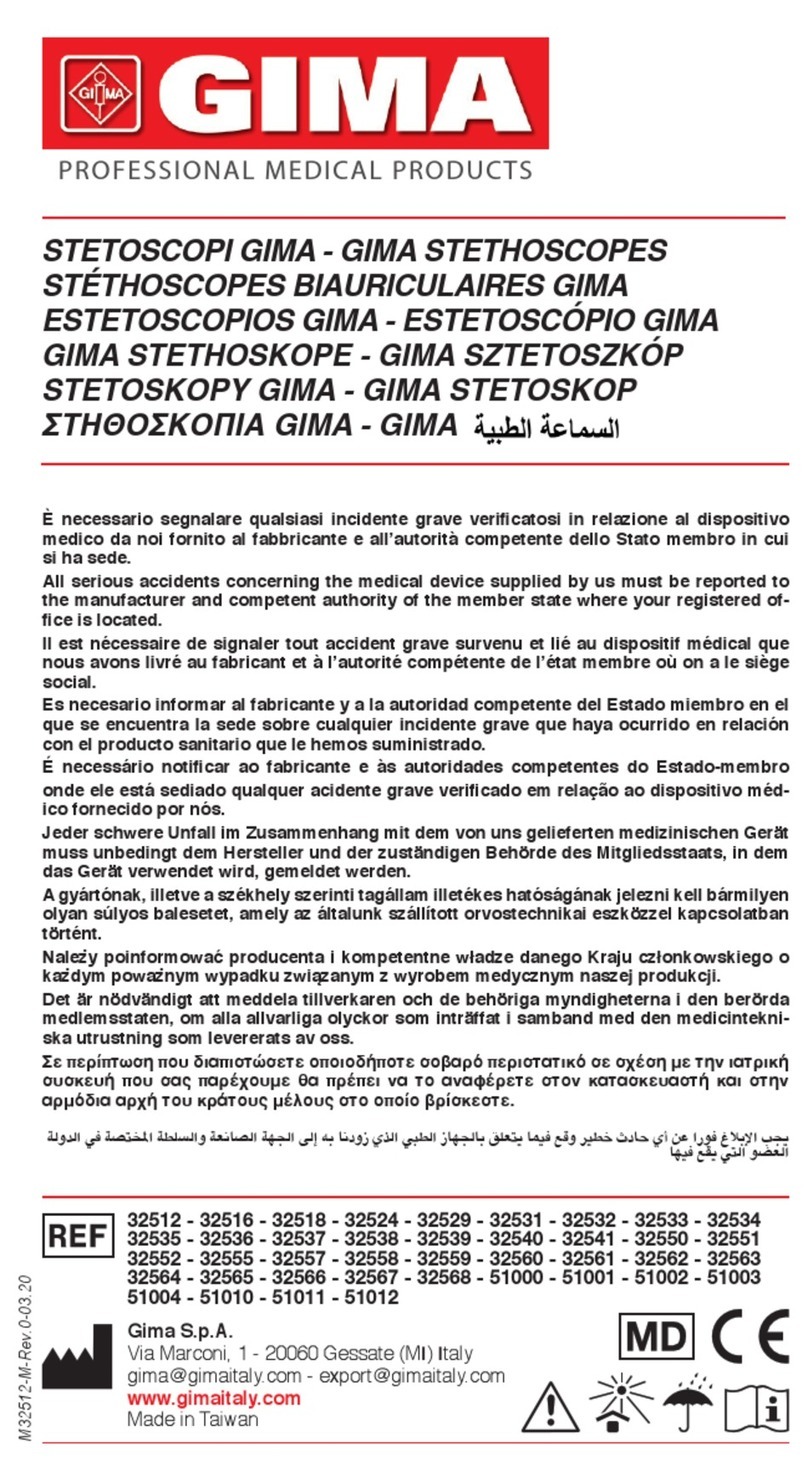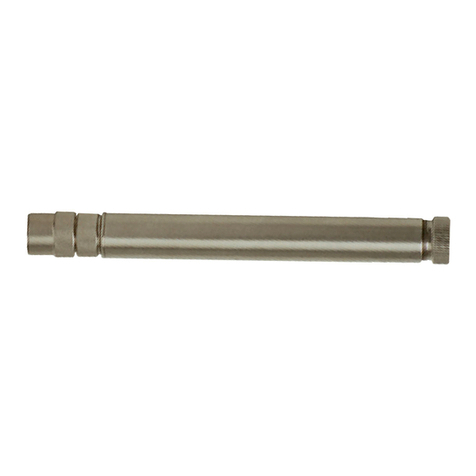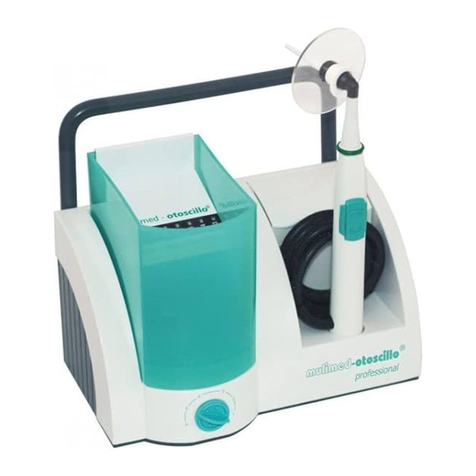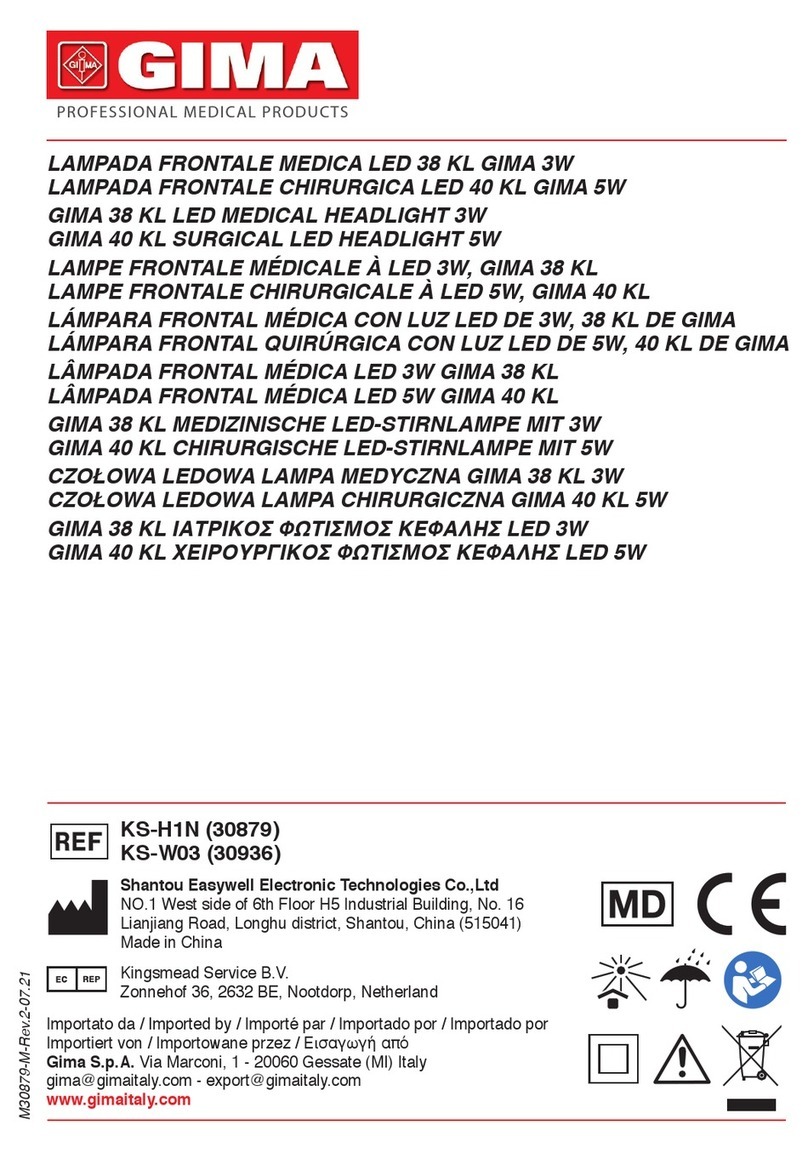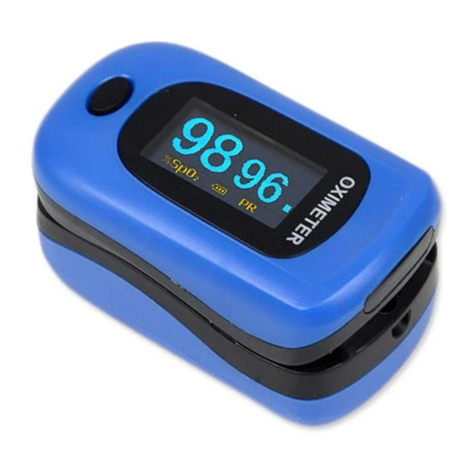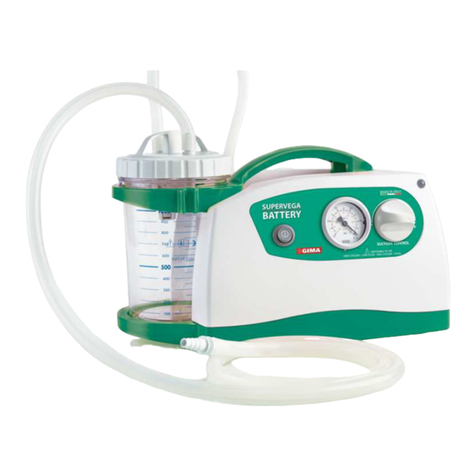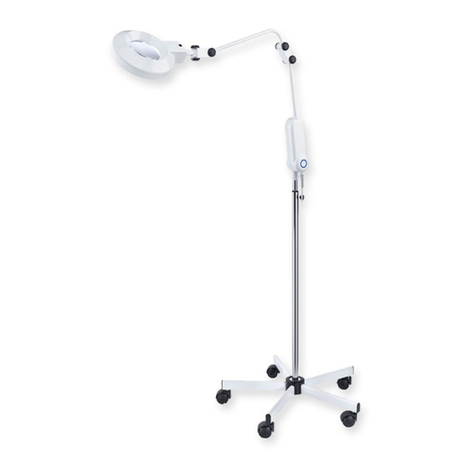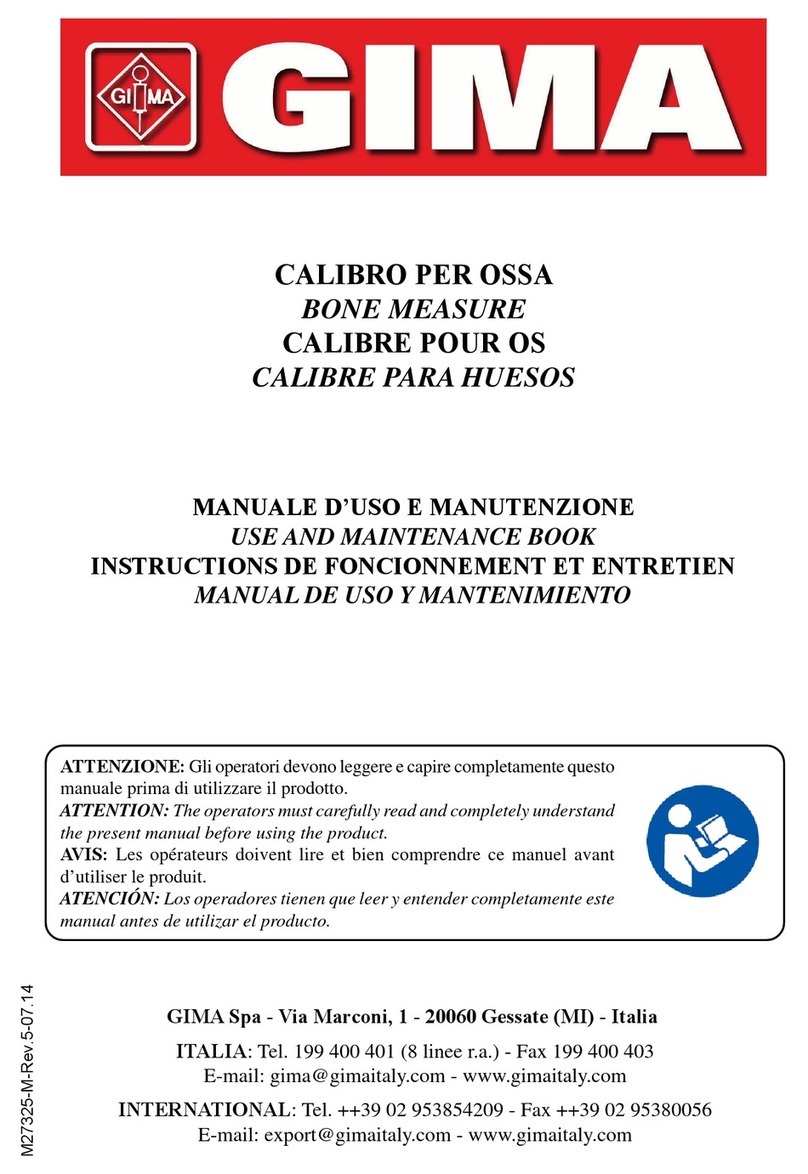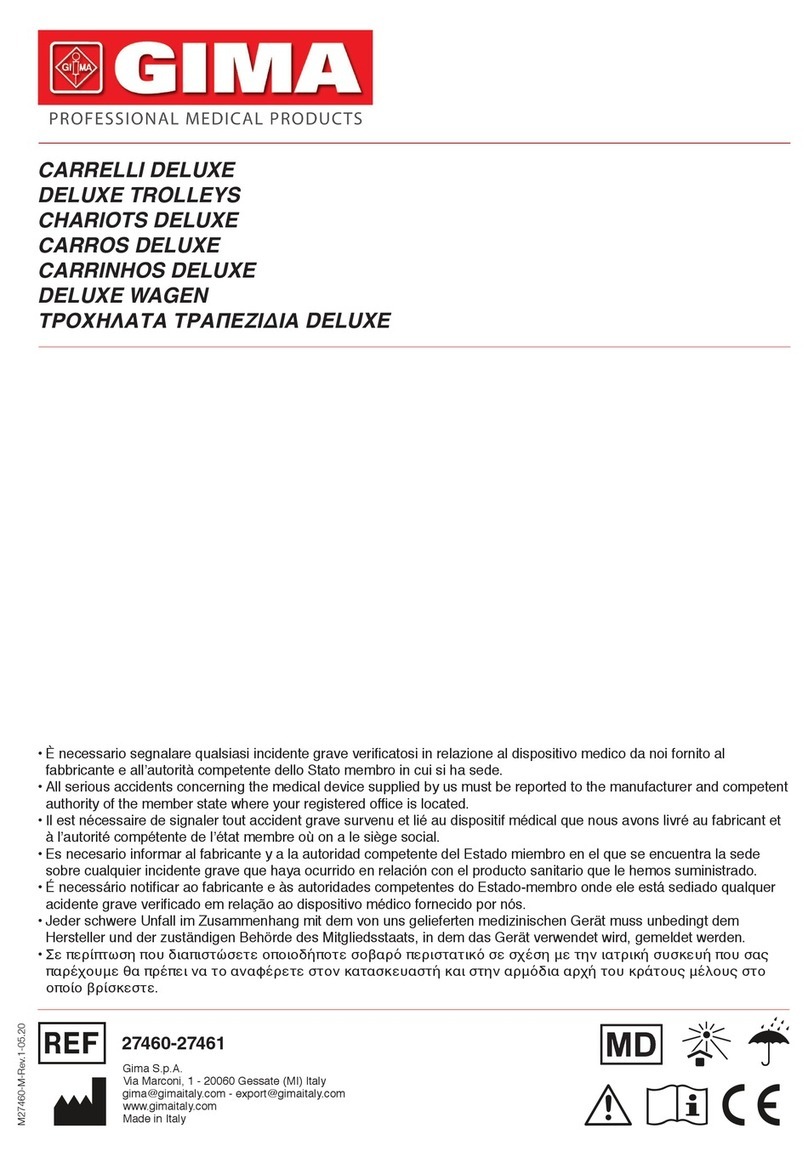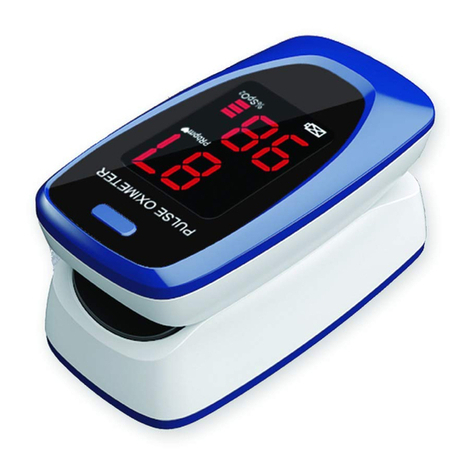
—2—
The design of the instrument is considered sufficiently with the safety requirement, but the
observation of the patient and the instrument can not be ignored.
The instrument has normal useful life for five years since the first electrified use.
The instrument does not have low-voltage alarm function, it only shows the battery energy,
please change the battery when the battery energy is used out.
2 Overview
Through the broad market investigation, our company assembles a lot of talents in the
following majors: the appearance design of the product, structure design, transmission structure
design, and circuit design, they produced the CMS80 ECG successfully after their deep research and
reduplicate tests. This equipment adopts the thermal recording mode (the key point of thermal
recording technique is the core component---thermal recording probe. The thermal recording probe
is the high-tech component with advanced component integrated technology, integrating a large
amount of heating elements (8points/millimeter) and its controlled circuit based on the ceramic basal
body. It doesn’t have the false difference which caused by non- linearity, damping, and incongruence
of pen warmth of the traditional hot pen ECG. In the frequency response which is the important
index of affecting the descriptive authenticity, the CMS80 can reach 0.05-150Hz frequency response
which is the world level, also the equipment has advanced digital baseline drifting filter, Alternating
Current filter, and Myo- electricity disturbance filter. The sampling rate of lead signal is 800Hz, the
closure frequency of low pass filter machine with guards against mixes folds is (-3dB) 220Hz. The
sampling rate is higher than the standard of not lower than 500Hz which made by American AHA
Association and European CSE Association.
2.1 Features
Operation of the product is simple and convenient.
The product is small in volume, light in weight (total weight is about 800g including batteries)
and convenient in carrying.
The instrument can be used under AC&DC, with the lithium rechargeable battery inside, and it
will record eighty ECG waveform persistently under the best DC conditions.
Voltage indication will be displayed when power on.
Classification: internal electrical power source, CF applied part.
EMC complies with the requirements of IEC60601-1-2:2001 (refer to the appendix 2)
2.2 Major applications and scope of application
This product is single channel,12 leads electrocardiograph ,can be widely applied in ECG
check-up under different circumstances such as in family ,hospital consultation, doctor’s diagnosis,
physical check-up,social medical organizations etc. it can implement real time continuous records of
clear and exact single-channel ECG waveform using thermo sensitive printer at the same time.
waveforms also can be freezed at any time. it has manual and automatic modes to be chosen and
